3 fashion lessons Formula 1 still needs to learn
The F1 Movie premiere highlighted that Formula 1 has yet to master the art of creating impactful fashion moments. Let’s break it down.
Right, I get it. Yesterday I posted some quick thoughts on my Instagram Stories about the F1 Movie premiere (specifically focusing on the styling) and I received an overwhelming number of DMs asking for more. I was going to write about something else this week, but who am I to ignore your requests? So, it's been a long week, and here's my take on how Formula 1 mishandled the fashion side of its Times Square premiere, broken down into three points. Because let's be honest, it wasn't great.
I'm all for trying new things, especially in fashion — and even more so when it intersects with sport. We're still in a phase where brands need to go through trial and error to find the sweet spot between their identity, the athletes and the audience. More or less like what Tommy Hilfiger is doing: first with F1 Academy, then at the Met Gala, and now with this blend of fiction and reality through a capsule collection, worn first on screen by Damson Idris.
Try things. Listen. Reframe.
Formula 1 has found its place in fashion, but fashion hasn't quite found its place in F1. Sometimes it feels like the sport is moving faster than the fashion industry, especially luxury. And let's not even get started on the athletes, who often look either uncomfortable or completely lost in their outfits. Brands need time to explore, but F1 seems to be rushing to tick every box, desperate to stay in the spotlight. So luxury houses jump in because they don't want to miss the chance to connect with F1's irresistible fanbase — but in the end, it does no one any favours.
After more than six years working in luxury fashion, I can confidently say: when a look, a campaign, or a product hits the mark, it sticks — effortlessly. Think of the recent Bottega Veneta campaign with Tyler, the Creator, Jacquemus' cinematic approach, or what Loewe was doing during the J.W. Anderson era. When it's good, we just sit back, enjoy and applaud. But when it's off? Everyone talks. Everyone has an opinion — even people with no clue who or what they're commenting on.
That's exactly what happened with the F1 Movie premiere. I saw countless social media accounts — even a full X thread by Derek Guy — discussing the drivers without knowing a single name or anything about the sport. That's problematic for both fashion and Formula 1, because when you're experiencing explosive growth, the last thing you want is to become the internet's latest fashion disaster. This premiere should have been studied and polished.
In my view, many brands — and F1 itself — missed a significant opportunity to position the sport as the ultimate niche for fashion to thrive in. Here are the three main missteps that turned what could have been one of the biggest movie premieres in sport into an underwhelming fashion moment.
Disclaimer: I'm not going to refer to any specific brands here. This is about the foundations of the relationship between fashion and sport, regardless of who wore what.
1. F1 needs a dedicated fashion editor and personal stylists
An oversized blazer, bootcut trousers, showing up in a plain white tee, choosing one brand over another… they're all choices. The kind of choices we all make every morning when we get dressed. You can choose to go all in on fashion, or not at all. But either way, your outfit communicates something about who you are. Max Verstappen wearing team kit consistently, versus Lewis Hamilton creating a runway moment with every paddock entrance — both approaches speak volumes, and neither is inherently better than the other. They show personality, something we saw little of at the premiere.
The solution is straightforward: hire a professional stylist or a fashion editor (or both)
It's not coincidental that the three best-dressed attendees — in terms of fit, personality, and overall confidence — were Lewis Hamilton, Brad Pitt, and Damson Idris. Hollywood doesn't function without stylists, and Lewis has worked with Eric McNeal for years. A stylist who understands your body, your aesthetic, and how to work with what suits you best — someone who knows which brands are available and, crucially, how to push your boundaries without compromising your essence.
The NFL recognised this early and hired Kyle Smith (@kyleforserious) as the first fashion editor in sport. In this role, he supports both players and the NFL with fashion content across their official accounts — including the NFL Style account (which, incidentally, would be a brilliant concept for F1). He connects players with fashion houses and helps shape the storytelling. As he explained to Vogue:
"Some days I'm in the office, some days it's me just meeting with a player individually, talking to them about their personal life experiences and how they can tell that story through their clothing," Smith says. "I always ask them what the first concert they attended was and if they have a T-shirt of that band or singer. Your favourite band on your T-shirt is such a digestible way for a fan to connect to you"
Fashion is fundamentally about connection. When you're simply "dressed by someone" without authentic engagement, that connection fails to materialise — disappointing both the athlete and the brand.
2. Tailor everything
I'm not a product expert, but my experience has sharpened my eye for materials and quality (a skill I'm rather proud of). I also grew up watching my grandmother sew and create custom pieces, or borrowing garments from my mum that always fitted like a glove. Ever wonder why? Because people used to adapt each piece to their own body. Back then, materials and fit mattered more than they do today, in a world dominated by fast fashion and prêt-à-porter where quantity often outweighs quality.
That might be understandable for the average person — but it's inexcusable for those with access to tailors, direct brand contact and full fittings before events.
Tsunoda was actually one of my favourites, at least for attempting to express his personal style — but it's simply unacceptable to appear in a jacket with shapes and creases that announce "this was made for a completely different body" Yuki is petite, and I can relate since trying things on often just feels wrong. But does that mean he can't wear oversized pieces? Absolutely not. A few strategic adjustments to the jacket and trousers would have transformed what looked clumsy into something intentionally oversized. Whilst Tsunoda was the primary example, even Leclerc, Lawson, or Hadjar could have benefited from proper tailoring — particularly their trousers. After the masterclass in quality we witnessed with Black tailoring during the Met Gala, it certainly wasn't the time to lower standards.
3. Dress codes matter
But this event clearly didn't establish one.
I believe deeply in fashion as personal expression. However, if the objective is to elevate style, then establishing clear parameters is essential, to prevent what I call the "Corporate Big 4 Carlos Sainz" clashing with a fully suited Esteban Ocon and WAGs in full red carpet glamour. There were so many contrasting aesthetics that no one really stood out as particularly "off" — which, paradoxically, made it worse. Everyone felt off.
A dress code provides a framework within which to be creative. It eliminates ambiguity around elements like whether to wear a tie, which colour palette to embrace, or whether trainers are appropriate with a suit (a moment of silence for all the elegant shoes that were swapped out for sneakers) The result? A fashion moment that appeared messy rather than intentional.
I'm confident we'll have numerous opportunities for Formula 1 and fashion to demonstrate their combined value. Particularly now, when luxury fashion and Made in Italy brands specifically face challenging times, I believe it's crucial to master the fundamentals. Fashion is undeniably fun and personal, but it's also fundamentally about quality, craftsmanship, and legacy — particularly when it comes to establishing credibility with brands and athletes.
See you next time!
Alba





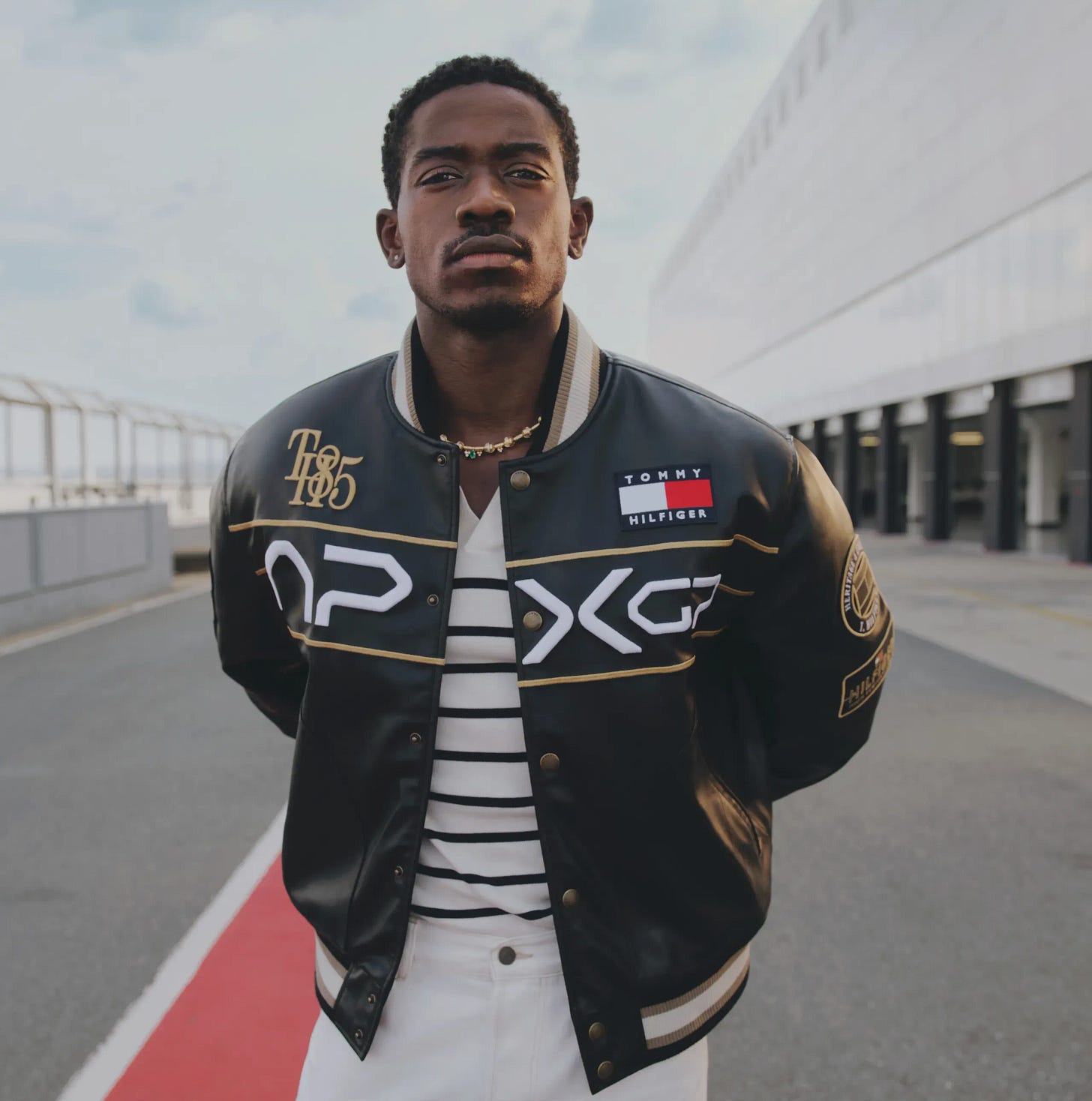
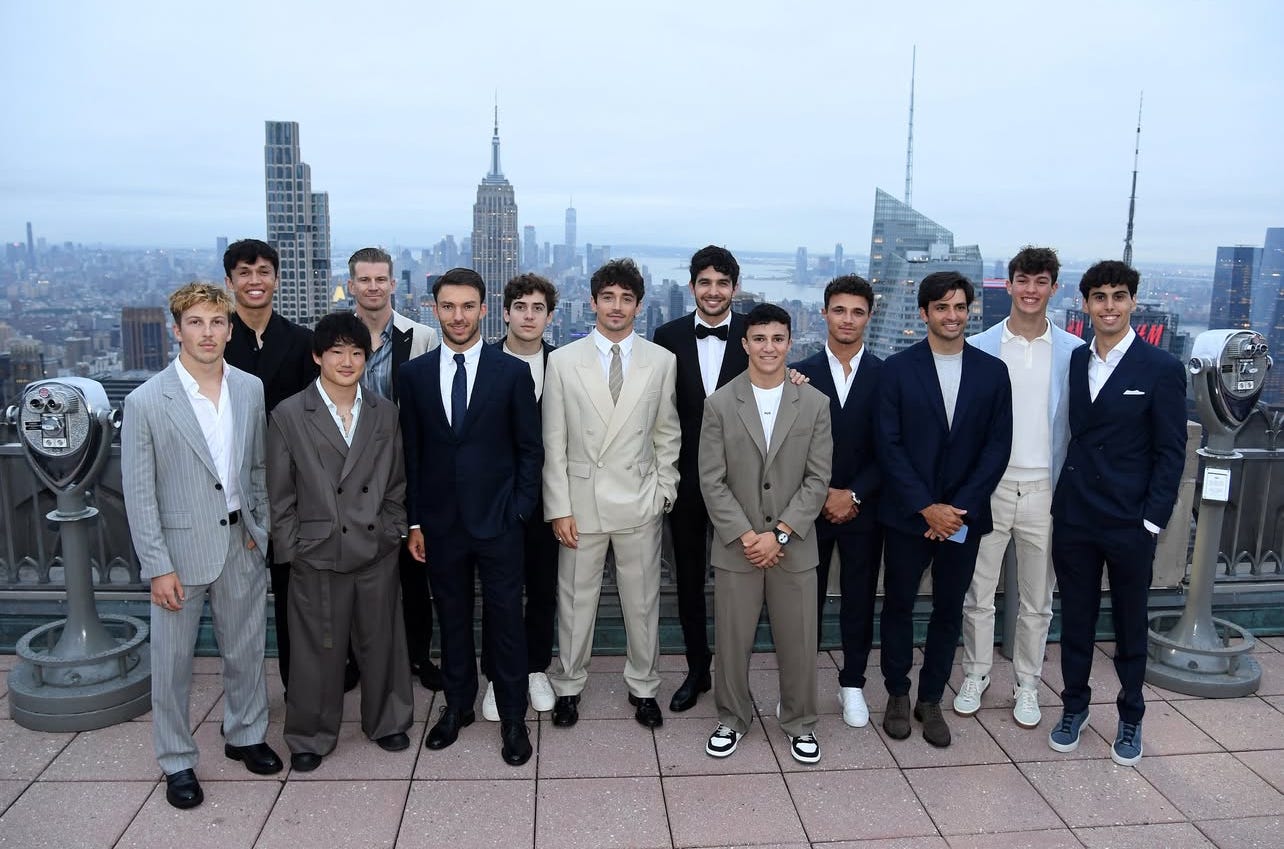
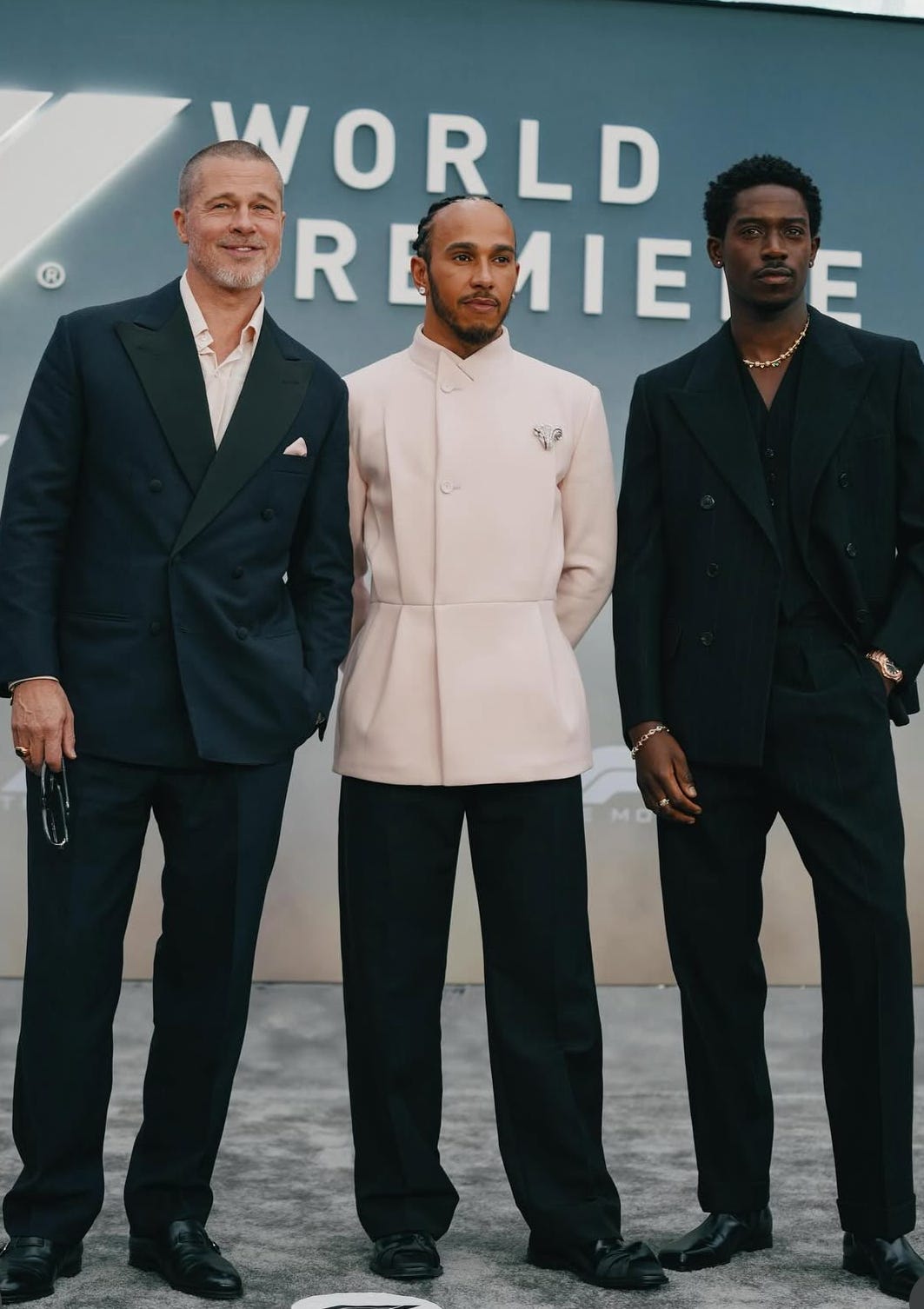
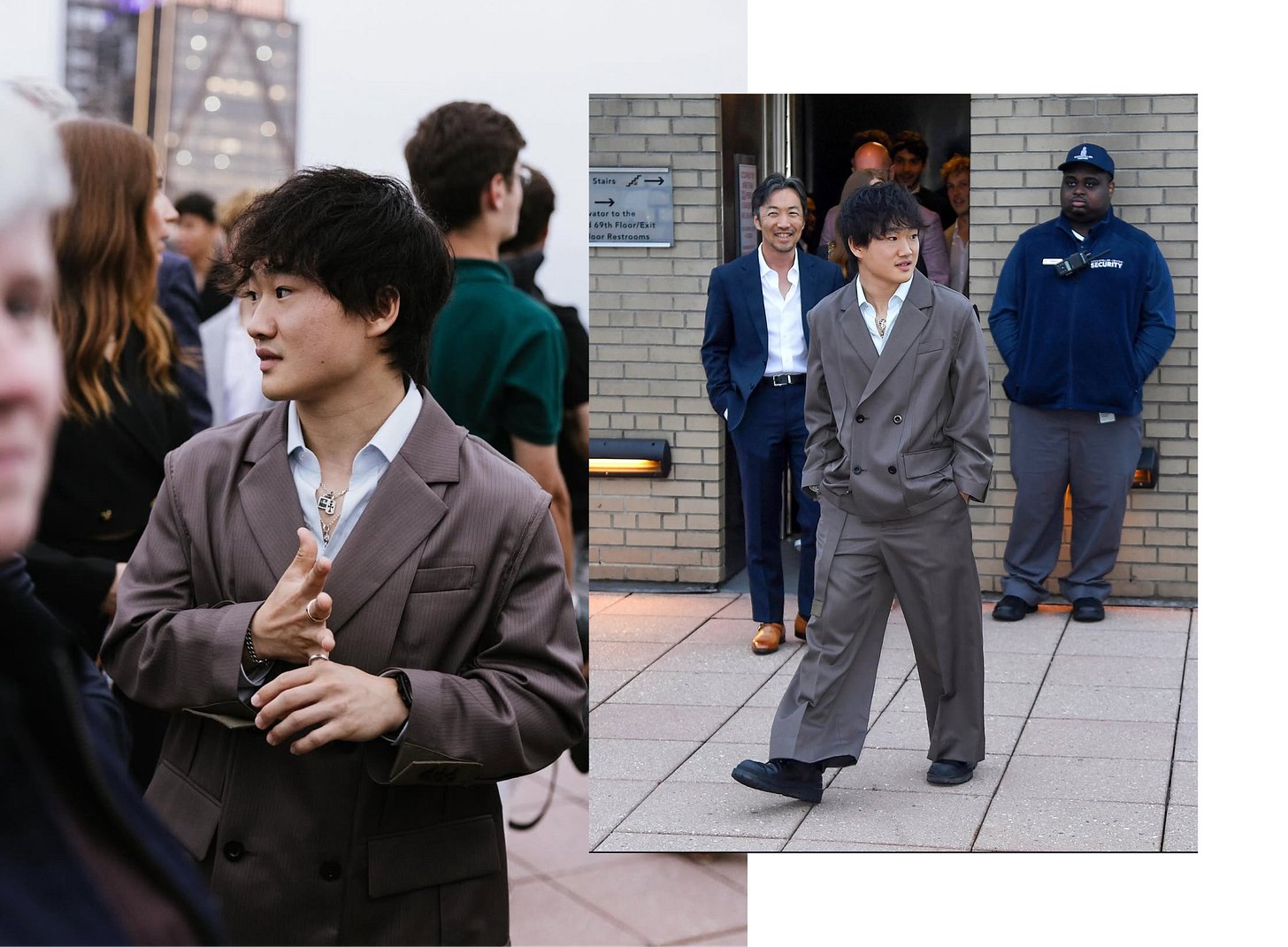

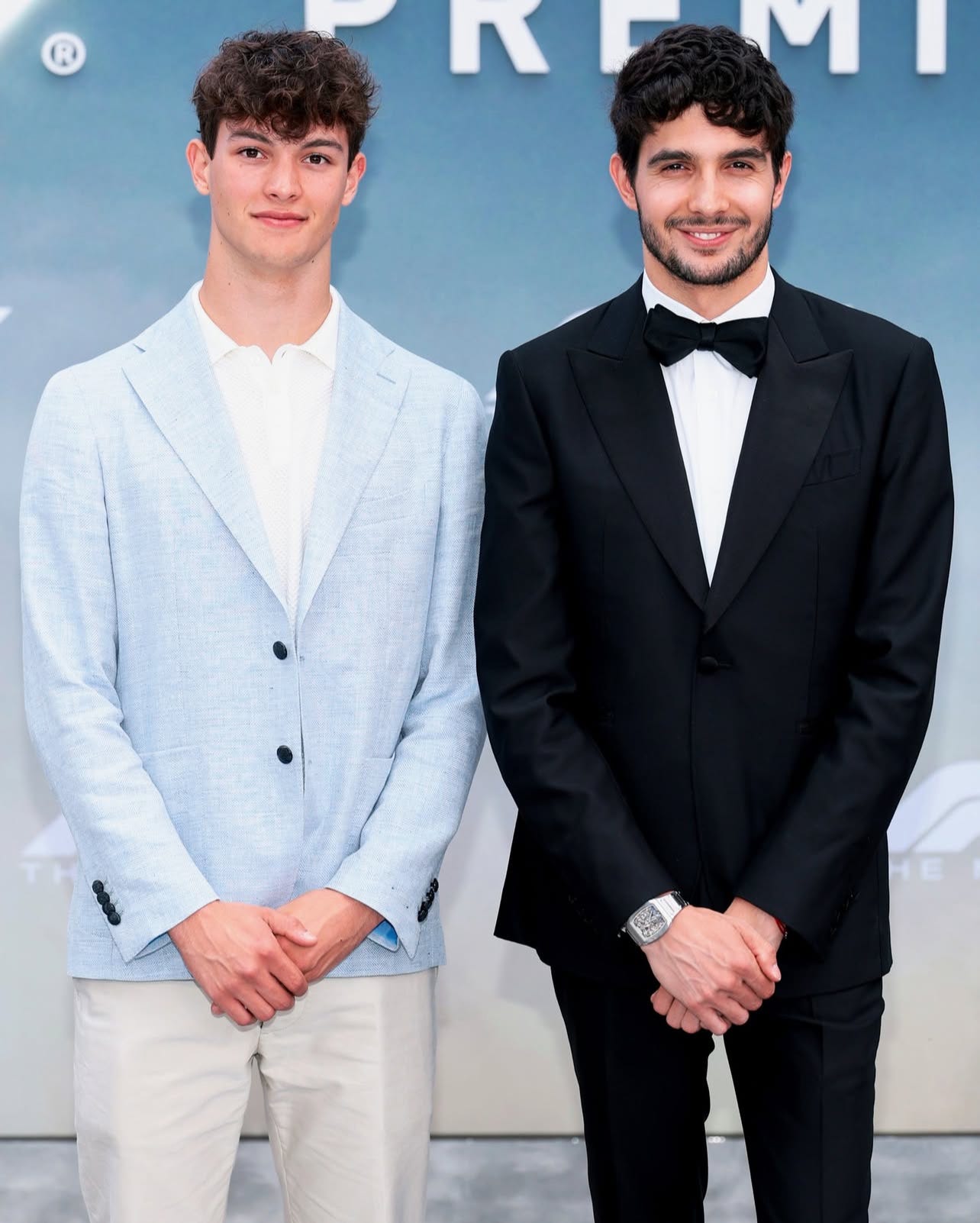
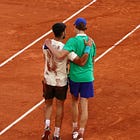
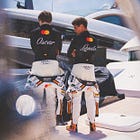

This was a fascinating take on F1 and fashion. I found your observations compelling. One detail that stood out to me was that, through their clothing, the pay disparity between drivers was quite apparent. The rookies and the lower-paid drivers didn't dress as sharply or look as sophisticated as the more well-heeled drivers. Lewis, Charles, Esteban, Pierre, and Nico all looked, generally speaking, more put-together than their younger peers who make a lot less. I think it's also worth remembering that all these characters come from the motoracing milieu. Their lives have been dirty for, at minimum, the last decade. They come from worlds where they are regularly covered in oil, grease, and carbon brake dust. It is only now, at "the pinnacle of motorsport," that any of these guys have ever had to dress up. However, this supports your point - the teams should help these characters present themselves a bit better.
Someone said Yuki’s suit was similar to what they wore in the 2003 NBA draft and I haven’t been able to unsee that 🤣